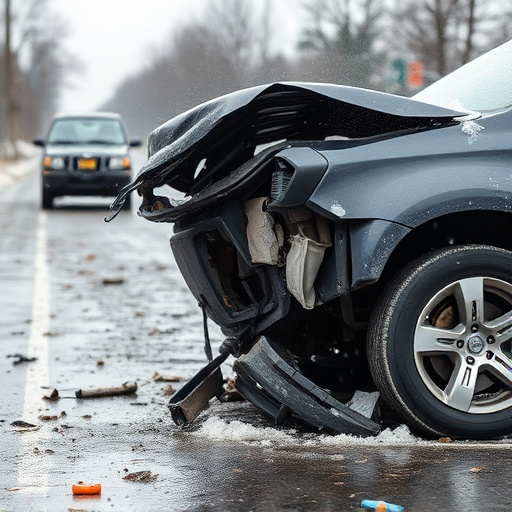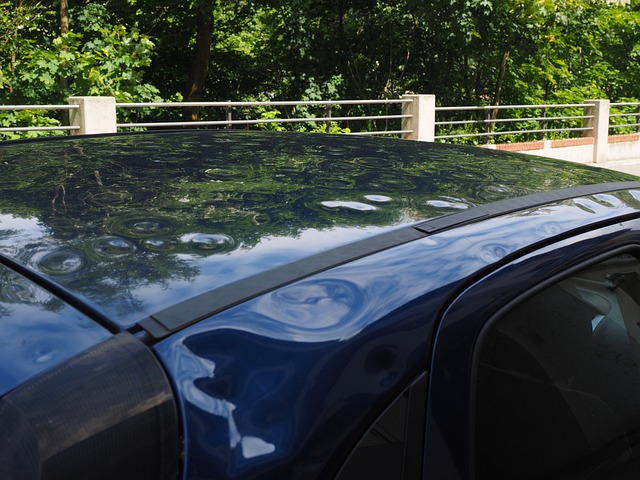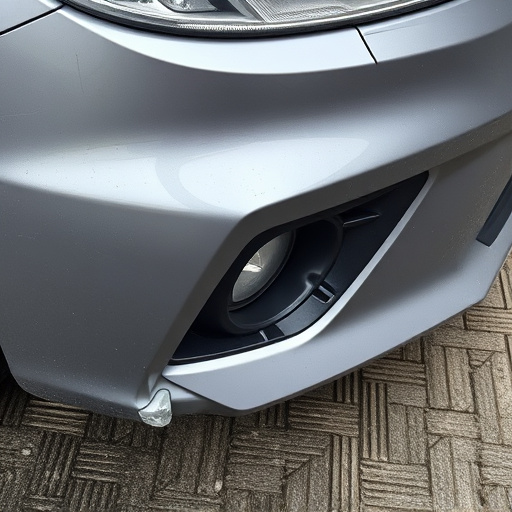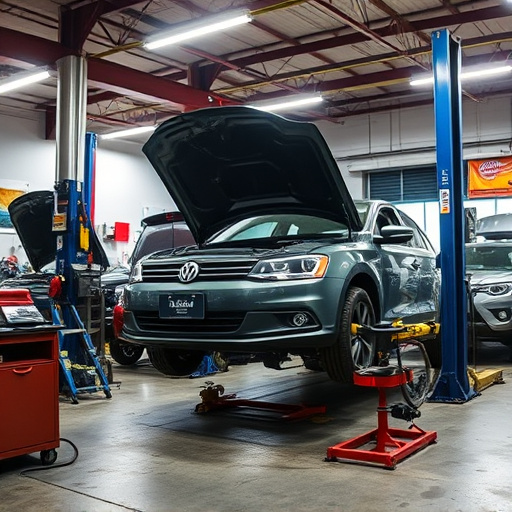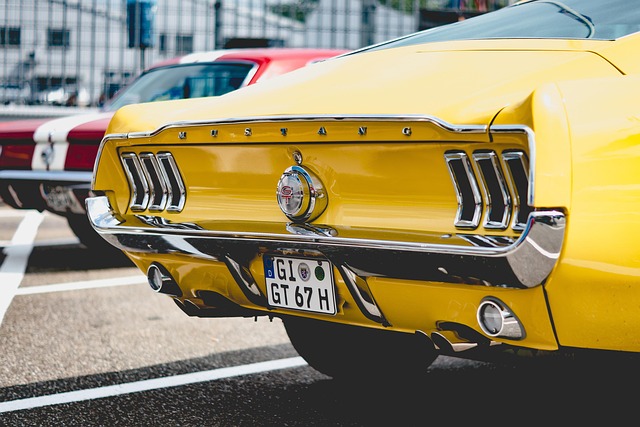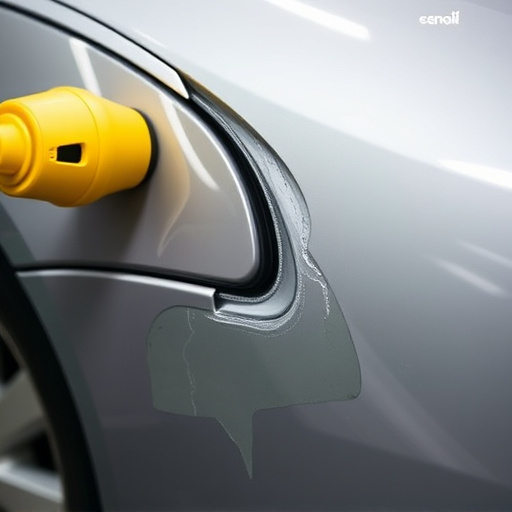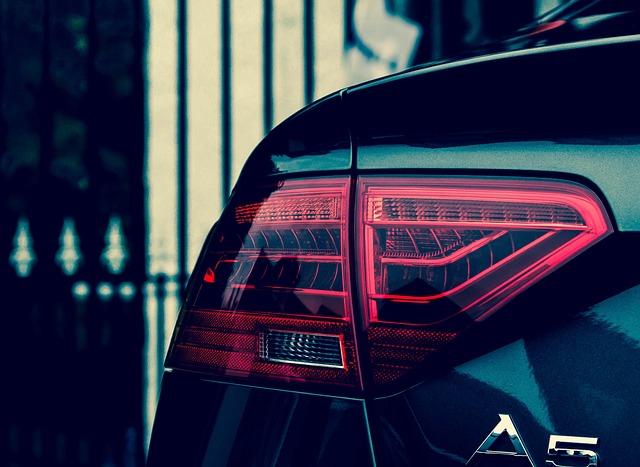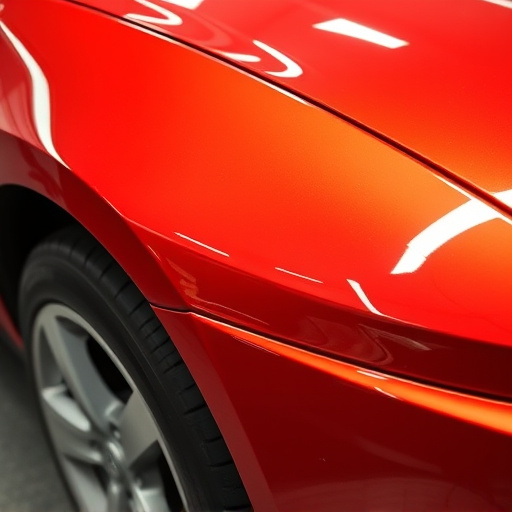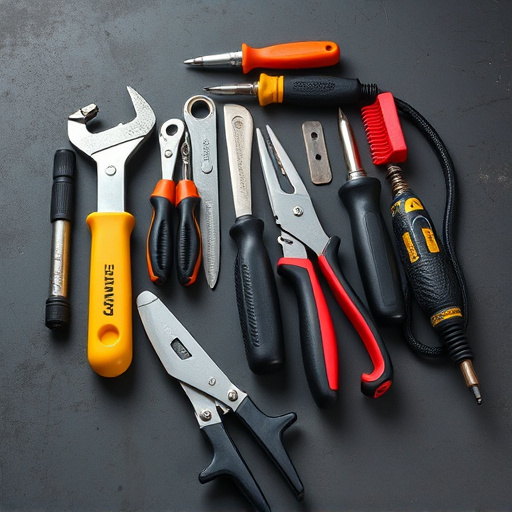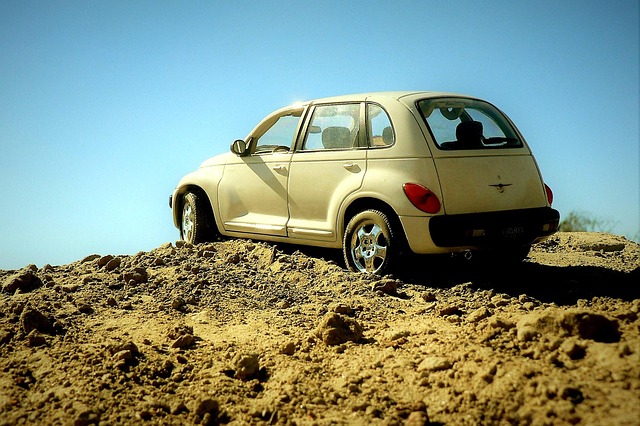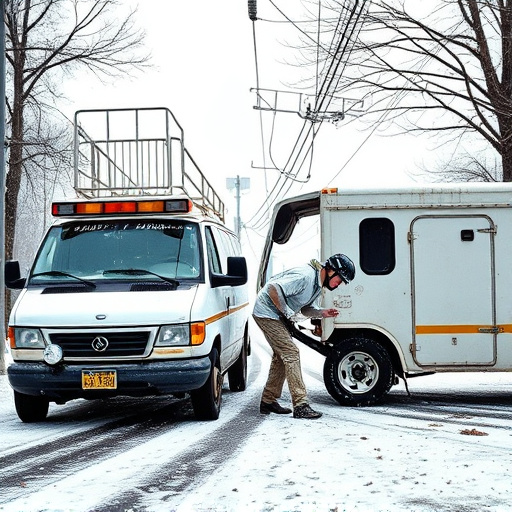Plastic bumper cover repair requires specialized knowledge and techniques due to plastic's unique properties compared to metal. Heat application is a critical step, using tools like hot air guns or ovens to soften plastic for reshaping or replacement without causing warping or discoloration. Skilled technicians employ controlled heating methods, suitable for different plastics, along with precise welding techniques to restore both structural integrity and aesthetic appeal, ensuring vehicles maintain safety standards and extended lifespans.
The science behind heat and weld techniques is pivotal in achieving precise and lasting repairs, particularly for plastic bumper covers. This article delves into the intricacies of understanding plastic materials and their unique behaviors. We explore various heat application methods and their critical role in plastic bumper cover repair, ensuring optimal fusion. Additionally, we dissect the welding process, outlining best practices to guarantee robust, long-lasting repairs that rival factory standards.
- Understanding Plastic Materials and Their Behavior
- Heat Application: Techniques and Considerations for Plastic Bumper Cover Repair
- Welding Process: Methods and Best Practices for Long-Lasting Repairs
Understanding Plastic Materials and Their Behavior

Plastic materials, commonly used in modern vehicle construction, including plastic bumper covers, exhibit unique properties that technicians must understand to ensure effective repairs. These materials are known for their versatility and lightweight nature, making them a popular choice in auto manufacturing. However, their flexibility also presents challenges when it comes to repair, as traditional welding methods may not be suitable.
During the repair process of a plastic bumper cover, such as those often found on modern cars, technicians must consider the material’s behavior at different temperatures. Unlike metal, plastic does not melt in the same way; instead, it softens and can become more pliable. This characteristic is both an advantage and a challenge. It allows for more intricate repairs where the damaged area can be precisely heated and molded back into shape. However, too much heat or improper application can lead to warping, discoloration, or even degradation of the plastic, affecting its structural integrity. Thus, auto technicians require specialized knowledge and techniques, such as controlled heat applications and advanced welding technologies, to perform successful plastic bumper cover repair, ensuring that vehicles maintain their original appearance and safety standards with effective auto maintenance.
Heat Application: Techniques and Considerations for Plastic Bumper Cover Repair
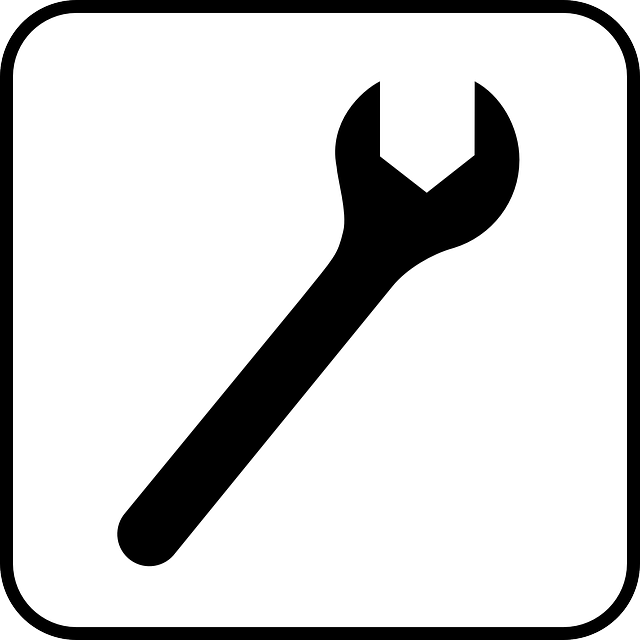
Heat application is a critical step in plastic bumper cover repair, offering a precise and effective solution for damaged or cracked components. The process involves carefully heating the affected area to soften the plastic, allowing it to be reshaped, aligned, or replaced with minimal disruption to the vehicle’s overall structure. Auto body services professionals utilize various techniques, such as hot air guns, heat guns, or even specialized ovens, to achieve optimal temperatures for different types of plastics.
When undertaking plastic bumper cover repair, several considerations come into play. The first is ensuring the heat is applied uniformly to prevent warping or melting. Too much heat can damage the surrounding materials, while too little may result in inadequate bonding. Collison repair services often employ specialized tools with temperature controls and heat-resistant protective gear to mitigate these risks. Additionally, different plastics have varying melting points and properties, necessitating tailored heating methods for optimal repair outcomes in auto glass repair scenarios.
Welding Process: Methods and Best Practices for Long-Lasting Repairs
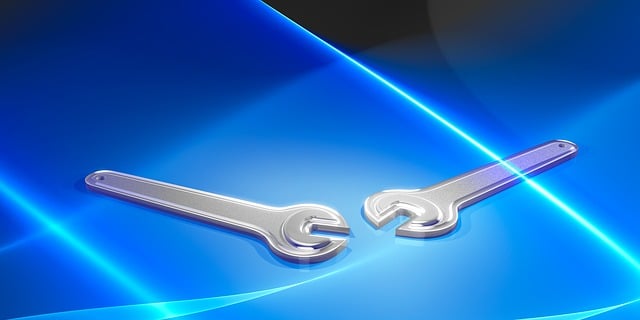
The welding process for plastic bumper cover repairs is a delicate art that requires precision and expertise. This involves several methods tailored to different materials and damage types. For instance, heat gun warming followed by manual heating with torches allows for precise melting and fusion of plastic components. This technique is ideal for minor dents and cracks, ensuring a strong bond between the repaired areas.
Best practices for long-lasting repairs include using compatible plastics to match the original material properties, achieving the right temperature balance, and applying consistent pressure during the welding process. Proper ventilation is also crucial due to the release of fumes from heated plastics. An automotive body shop specializing in auto dent repair will employ these techniques, ensuring not only structural integrity but also aesthetic restoration of the plastic bumper cover, enhancing its lifespan in the long run.
In conclusion, mastering heat and welding techniques is paramount for effective plastic bumper cover repair. By understanding the unique properties of plastic materials and employing tailored heat application methods, along with robust welding practices, technicians can achieve lasting repairs that maintain structural integrity and aesthetic appeal. These science-backed approaches ensure the durability and longevity of vehicle components, streamlining the repair process for optimal efficiency.
